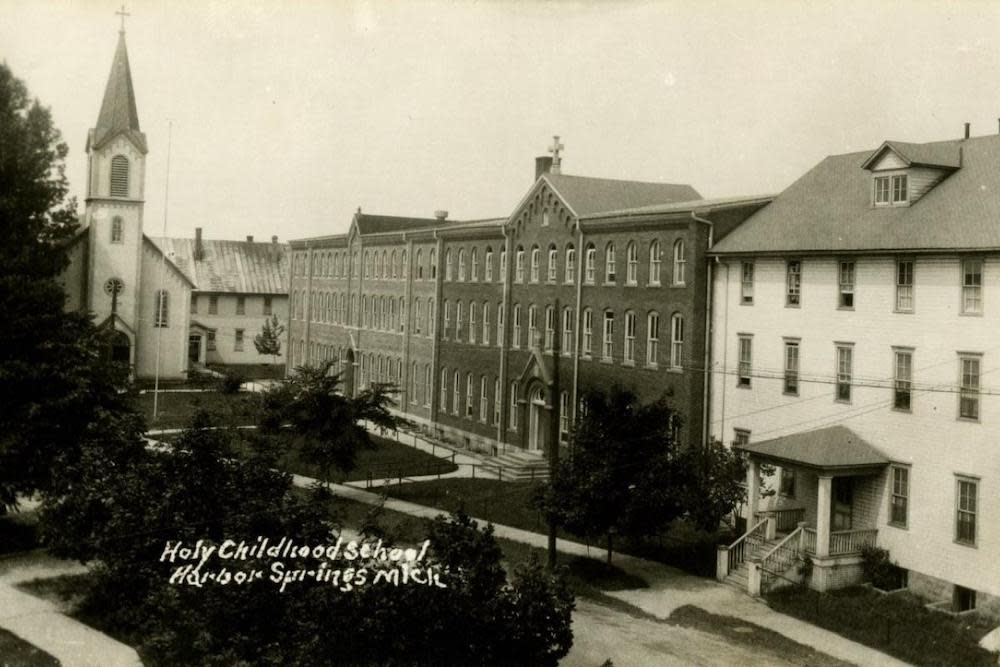Tribal Nations Receive $411,000 to Document Impact of Federal Indian Boarding School Era

Fourteen tribal nations, tribal schools and colleges, and state organizations will initiate community projects to capture, preserve, and educate about the impact of the Federal Indian Boarding School era, thanks to $411,000 in funding announced by the National Endowment for the Humanities on April 10.
From the early 1800s through the 1960s, federal policy supported the mass removal of hundreds of thousands of Indigenous children from their homes by supporting the operation of more than 500 Indian boarding schools. Natives were sent to these institutions throughout the country for the dual purpose of cultural assimilation and land dispossession, according to the 2022 investigative report on the Federal Indian Boarding School Initiative. An estimated tens of thousands died at these schools, and were buried away from their homes, families, and communities.
As a result, NEH has partnered with the Department of the Interior to collect oral histories and digitize federal records documenting the experiences of survivors and descendants of Federal Indian boarding schools. In August 2023, NEH announced a funding opportunity for federally recognized tribes, tribal nonprofits, and state and local government organizations who work with tribal communities for research, community engagement, tribal history collection, public programs, and educational projects.
Recipients of the funding include: Cowlitz Indian Tribe, in Washington, that will conduct ground-penetrating radar on the grounds of St. Mary’s Boarding School to detect unmarked burial grounds; Diné College, in Arizona, that will create an exhibit of portraits of community members who attended boarding schools; History Colorado, in Colorado, to support the collection of oral histories documenting the experience of Ute attendees of boarding schools; Mt. Edgecumbe High School, in Alaska, a still operational boarding school now run by the Bureau of Indian Education, to support curricula development to teach Alaska boarding school history at Mt. Edgecumbe High School; and North Shore Community Land Trust, in Hawai’i, to support community-based oral history research and story-mapping of the Waialeʻe Industrial School for Boys and the Kawailoa Industrial School for Girls.
For future funding opportunities for projects examining the history and legacy of the Federal Indian boarding school system, visit the NEH website.
About the Author: "Jenna Kunze is a staff reporter covering Indian health, the environment and breaking news for Native News Online. She is also the lead reporter on stories related to Indian boarding schools and repatriation. Her bylines have appeared in The Arctic Sounder, High Country News, Indian Country Today, Tribal Business News, Smithsonian Magazine, Elle and Anchorage Daily News. Kunze is based in New York."
Contact: jkunze@indiancountrymedia.com

